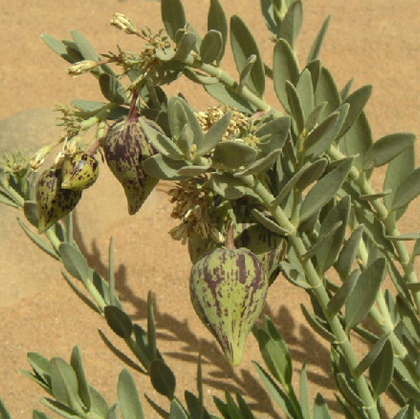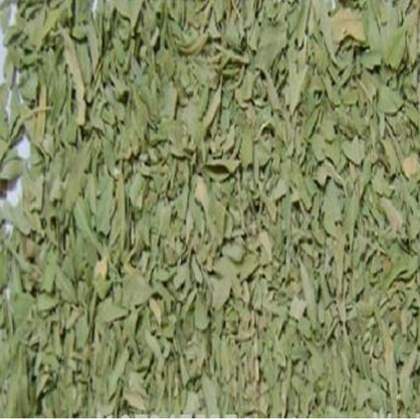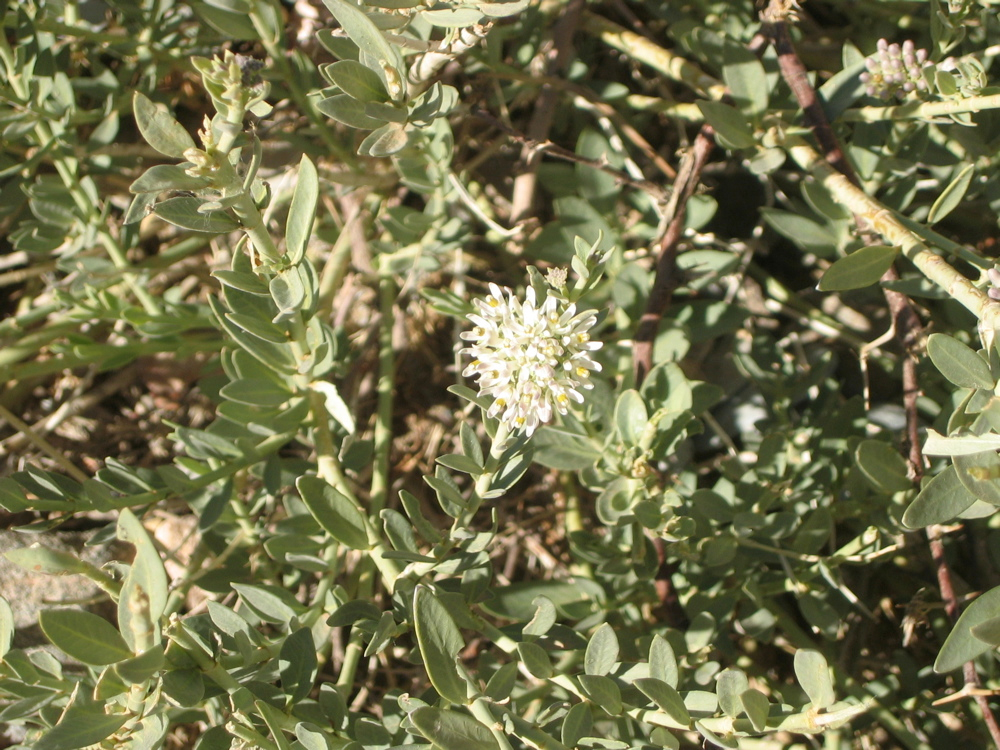The plant has antioxidant properties, and may contribute to reducing the oxidation of fats, and increasing the activity of antioxidant enzymes. The extract of the plant may possess antimicrobial properties; It contributed to inhibiting the growth of a number of bacteria such as Escherichia coli and Salmonella typhimurium. Eating the extract of the bush herb may contribute to reducing blood sugar levels in people with high.
One study indicated that several extracts of horsetail had anti-inflammatory properties.
Solenostemma argel

Plant (S.argel)

Leaves (S.argel)
Solenostemma argel
Asclepidaceae
(English): Argel.
(Arabic): Hargal.
Stony and sandy wadis; considered native to North Africa and the Arabian Peninsula; North Sudan
Leaves
Glabrous much-branched from the base, erect perennial herbs up to 1 m high. |
Glycosids, Flavonoids, Saponins, stroids.
Commonly used in traditional medicine as a purgative, antipyretic, and antispasmodic remedy. The leaves are used in herbal medicine for the treatment of colic, constipation, and malaria. Some diseases such as liver and kidney and allergies. In Sudan, Solenostemma is used to suppress stomach pain, pains due to childbirth, and loss of appetite. It is an effective remedy for bronchitis and is used to treat neuralgia and sciatica.
Specification Data Sheet:
This Sudanese standard is formulated by the technical committee No.4 formed according to the administrative decree of the SSM0/1/A/I dated 18/8/01. It applies to Solenostemma argel.
On formulating this standard the committee has referred to international publications and works of Sudanese researchers on the subject.


